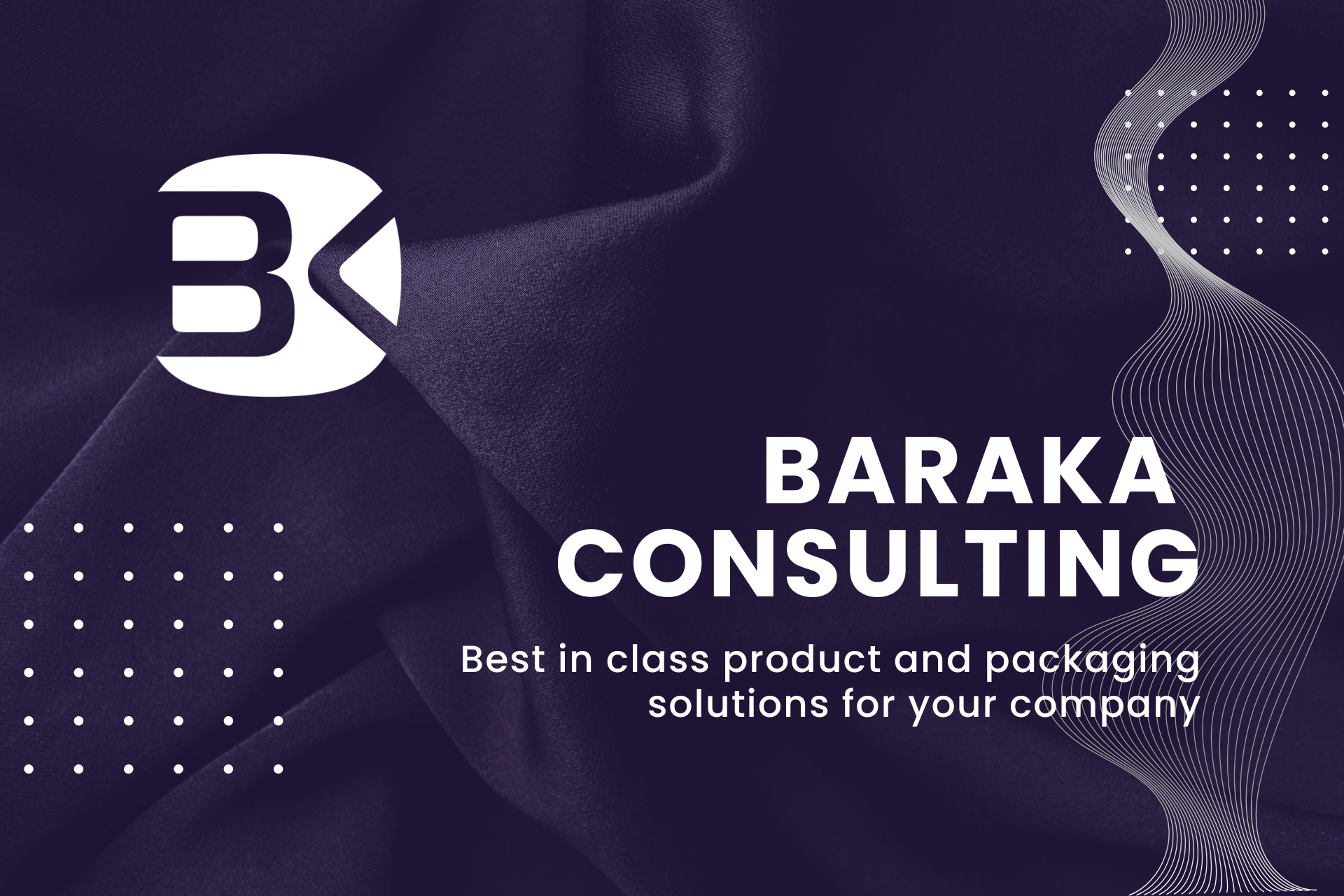Packaging Design Trends and Consumer Behavior: The Key to Unlocking Brand Loyalty
Baraka • November 19, 2024
Packaging Design Trends and Consumer Behavior: The Key to Unlocking Brand Loyalty
Introduction
Packaging is more than a container; it’s a silent marketer that speaks volumes about your brand. In today’s competitive market, packaging design significantly impacts consumer behavior, influencing purchasing decisions and fostering brand loyalty. This article explores how modern packaging trends resonate with consumers, showcases successful examples, and provides actionable tips for designers to create functional and attractive packaging.
The Power of Packaging in Consumer Decision-Making
Why Packaging Matters
Did you know that 72% of consumers say a product's packaging design influences their purchasing decision? Packaging serves as the first impression and often determines whether a product gets picked off the shelf or overlooked.
The Psychology Behind Packaging Design
- Colors and Emotions: Bright colors like red evoke urgency, while greens and blues suggest sustainability and trust.
- Typography and Branding: Sleek, modern fonts convey sophistication, while playful ones resonate with younger audiences.
- Texture and Interaction: Packaging materials that feel premium, like embossed or matte finishes, create a sense of luxury.
Functionality Meets Aesthetics
Consumers not only seek visually appealing designs but also value functionality. Easy-to-open seals, resealable packaging, and portability often outweigh purely aesthetic considerations.
Top Packaging Design Trends That Influence Consumer Behavior
1. Minimalism with a Message
Minimalistic designs, characterized by clean lines and simple fonts, are increasingly popular. They convey elegance and help reduce visual clutter, which appeals to modern consumers seeking clarity in a noisy world.
2. Sustainable Packaging
Eco-conscious consumers prefer recyclable, compostable, or biodegradable materials. Highlighting a product's eco-friendliness directly on the packaging can significantly sway purchasing decisions.
3. Personalized Experiences
Customized packaging, such as limited-edition designs or personalized messages, makes consumers feel valued and creates a stronger emotional connection.
4. Interactive Packaging
From QR codes that reveal the product’s story to augmented reality features, interactive packaging engages tech-savvy consumers and enhances the overall experience.
5. Bold Typography and Graphics
Unique fonts and striking visuals help products stand out on shelves, especially in crowded retail environments.
6. Transparent Designs
Consumers appreciate transparency—both literally and figuratively. Clear packaging that reveals the product inside builds trust and assures quality.
Case Studies: Success Through Innovative Packaging
1. Coca-Cola’s “Share a Coke” Campaign
By replacing its logo with popular names, Coca-Cola personalized its iconic packaging, leading to a significant boost in sales and social media engagement.
2. Apple’s Minimalist Packaging
Apple’s sleek, clean packaging mirrors its brand identity—premium and user-focused. Unboxing Apple products has become a globally admired experience.
3. Lush’s Naked Packaging
By eliminating traditional packaging entirely, Lush promotes sustainability while staying true to its eco-friendly brand ethos, winning over environmentally conscious consumers.

How Consumer Behavior Shapes Packaging Trends
1. Preference for Transparency
Consumers demand authenticity. Packaging that clearly communicates the product's benefits, ingredients, or origins builds trust.
2. Rising Eco-Consciousness
As environmental concerns grow, consumers are actively seeking brands that align with their values. Sustainable packaging is no longer optional; it's expected.
3. The Demand for Convenience
Functional features like resealable zippers, portion control, and ergonomic designs cater to busy, on-the-go lifestyles.
Tips for Designers to Create Impactful Packaging
1. Understand Your Audience
Research the target demographic to align design elements with consumer preferences. What appeals to a Gen Z buyer may differ greatly from a Baby Boomer.
2. Focus on Branding Consistency
Packaging should align with your overall brand identity. Consistent colors, fonts, and messaging build brand recognition and trust.
3. Highlight Sustainability
If your product uses sustainable materials or processes, shout it out! A simple label indicating “100% Recyclable” can make a big impact.
4. Balance Form and Function
Designs should be visually compelling without sacrificing usability. Ensure your packaging is easy to open, transport, and store.
5. Test and Iterate
Gather consumer feedback through surveys or focus groups to refine your packaging design. Small changes can lead to significant improvements in consumer response.
The Future of Packaging Design
1. Smart Packaging
Technology-integrated packaging, like NFC tags and sensors, is on the rise. It allows brands to communicate directly with consumers and enhance product interaction.
2. Hyper-Personalization
Advances in digital printing will enable brands to offer even more customized packaging options tailored to individual consumer preferences.
3. Fully Sustainable Solutions
From edible wrappers to carbon-neutral materials, the packaging of tomorrow will prioritize sustainability like never before.
Conclusion
Packaging design isn’t just about aesthetics; it’s a critical factor in shaping consumer behavior and fostering brand loyalty. By embracing current trends like minimalism, sustainability, and personalization, brands can stand out in a crowded marketplace while meeting consumer demands. Designers who strike the right balance between form, function, and innovation will lead the way in creating packaging that doesn’t just protect products but also tells a compelling brand story.
How does packaging influence consumer behavior?
Packaging attracts attention, communicates brand values, and impacts the overall product experience, shaping purchasing decisions and loyalty.
What are the key trends in packaging design?
Minimalism, sustainability, personalized experiences, and bold graphics are among the top trends resonating with today’s consumers.
How can brands make their packaging more sustainable?
Brands can use recycled or biodegradable materials, reduce excess packaging, and clearly communicate their eco-friendly efforts to consumers.
What role does functionality play in packaging design?
Functional features like resealable zippers and ergonomic designs enhance convenience and improve the consumer experience, often leading to repeat purchases.
Why is consistency important in packaging design?
Consistent design builds brand recognition and trust, ensuring that consumers can easily identify and connect with the product.



